Home ownership was the highest among Indians at 71 per cent in England and Wales, followed by white British at 68 per cent, revealed the latest data by the Office for National Statistics.
The ONS report on ethnic group differences in health, employment, education and housing shown in England and Wales' Census 2021 published on Wednesday (15) also said that high percentage of Indians and Chinese are in professional occupations in the country.
Also, these two ethnic groups had the highest levels of education among 19 other groups analysed by the ONS.
The report used the England and Wales Census 2021 data.
According to the ONS, overcrowding was most common for Bangladeshis, with nearly two-fifths of people (39 per cent) are living in this situation. For the whole population of England and Wales, the rate is lower than 1 in 10 people (8 per cent).
Meanwhile, the white Irish group had the lowest rate of over-occupancy at 3.5 per cent.
The ONS figures revealed that around 17 per cent of the population in England and Wales lived in social rented housing. The social rented housing was much more common among black people at 48 per cent. As many as 44 per cent of people who identified as African live in these types of housing followed by 41 per cent for Caribbean.
Bangladeshis (34 per cent) and Arabs (29 per cent) also reported higher rates of living in social rent housing.
In England and Wales, white Irish people had the largest proportion (17 per cent) of people working as managers, directors or senior officials, followed by Chinese (15 per cent), Indian and white British (13 per cent).
People working in caring, leisure and other service occupations are mostly women across all ethnic groups, the ONS said. The highest percentages of Africans are working in this field.
Meanwhile, Bangladeshi and Pakistani people are working in sales and customer service (at 14 per cent and 13 per cent respectively). A broadly equal number of men and women in these ethnic groups worked in these types of occupation.
These two ethnic groups also had a larger proportion of people working as process, plant and machine operatives (12 per cent and 15 per cent respectively).
The report said that around three in 10 (over 16 million people) aged over 16 years in England and Wales said they had a higher-level qualification (Level 4 or above). Around 56 per cent of Chinese people had this qualification and more than half (52 per cent) of Indians had higher-level qualification.
Notably, a larger percentage of women had higher-level qualifications than men in most ethnic groups. The largest differences were among Caribbean people as 40 per cent of women reported higher-level qualification compared to 27 per cent of men.
The latest data said that the highest percentage of unemployment was among black people at 9.3 per cent. Among younger people, aged 16 to 24 years, the highest unemployment was among people identified as Caribbean.
Among reasons for being economically inactive, women were more likely than men to say they were looking after home or family.
The difference was particularly large among Bangladeshis as 16 per cent of women said that they are looking after home or family compared with two per cent for males, followed by Pakistanis, 15 per cent of women are looking after families against two per cent of males.
The study said that nearly half (48 per cent) of the population in England Wales said they had very good health and 1.2 per cent said they had very bad health.
The poor health was highest among white Gypsy or Irish traveller at 3.8 per cent, followed by white Irish at two per cent.
Bangladeshis also reported poorer health though the group is relatively young, with an average age of 27 years.
Around 67 per cent of mixed or multiple ethnic group reported very good health, followed by African group at 65 per cent.
According to the ONS, women were more likely than men to report having bad health across most ethnic groups.
The largest differences between women and men for bad health were among white Gypsy or Irish Traveller as 9.6 per cent women repoted ill-health compared to 8.1 per cent of men. Around 4.2 per cent of Pakistanis also reported pooer health, compared to 2.9 per cent of men.


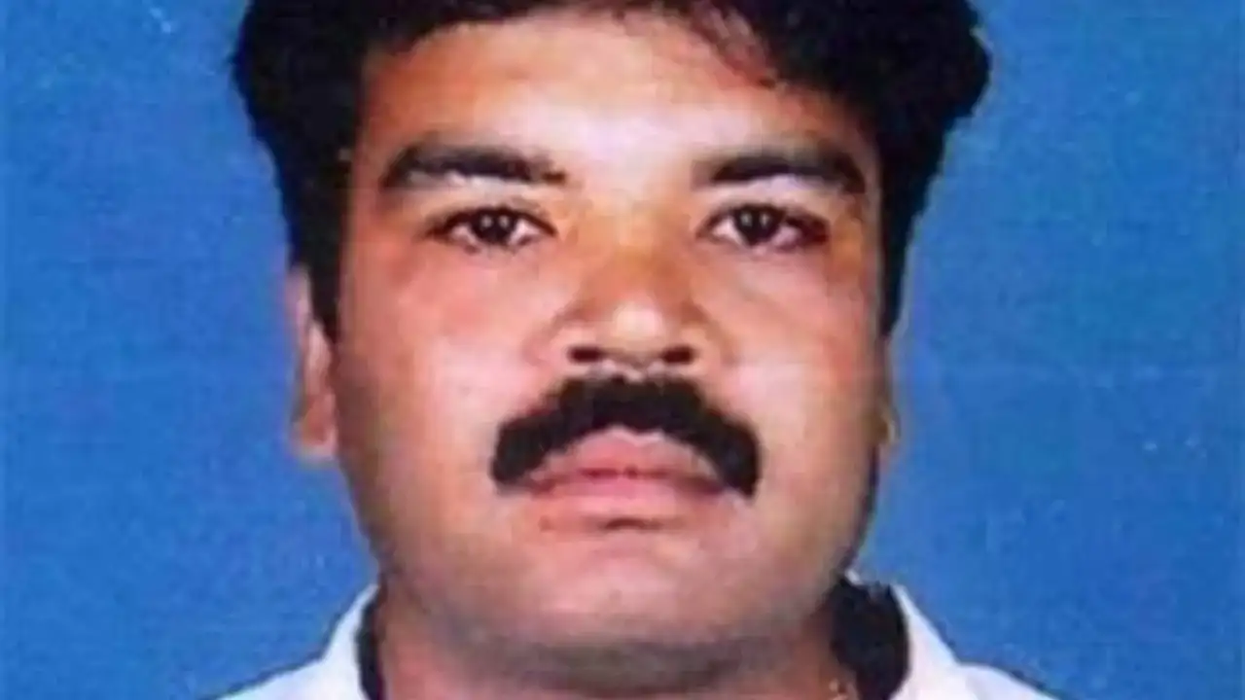
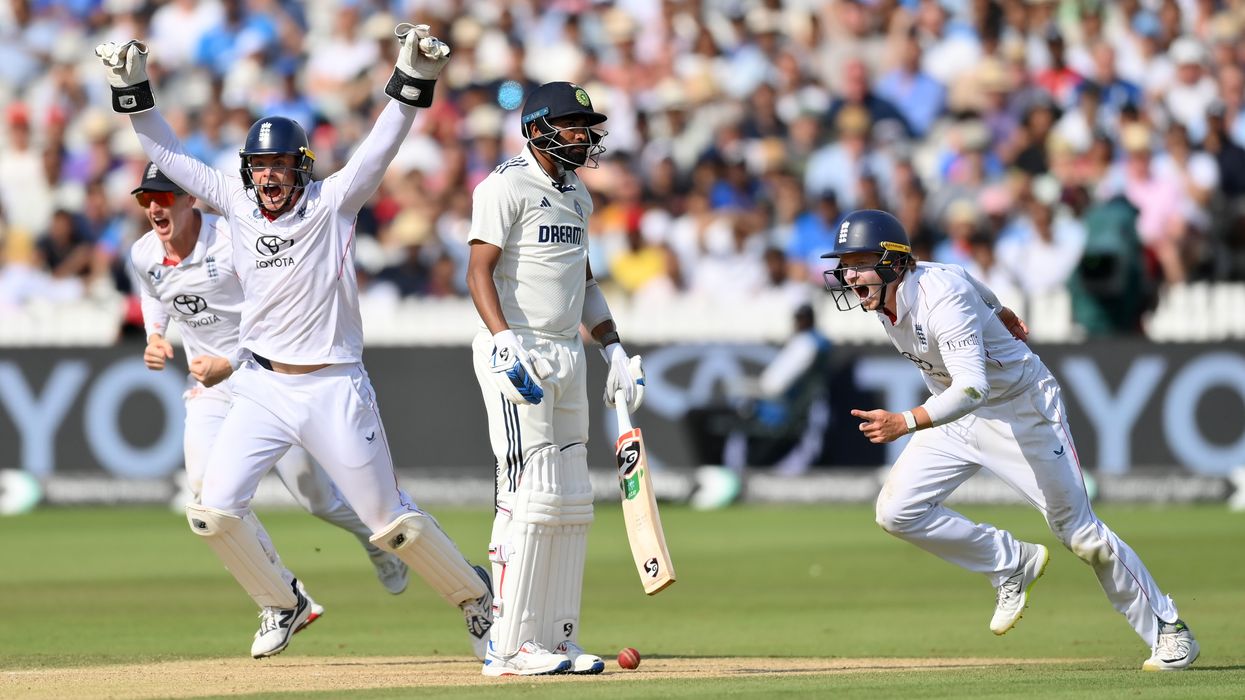

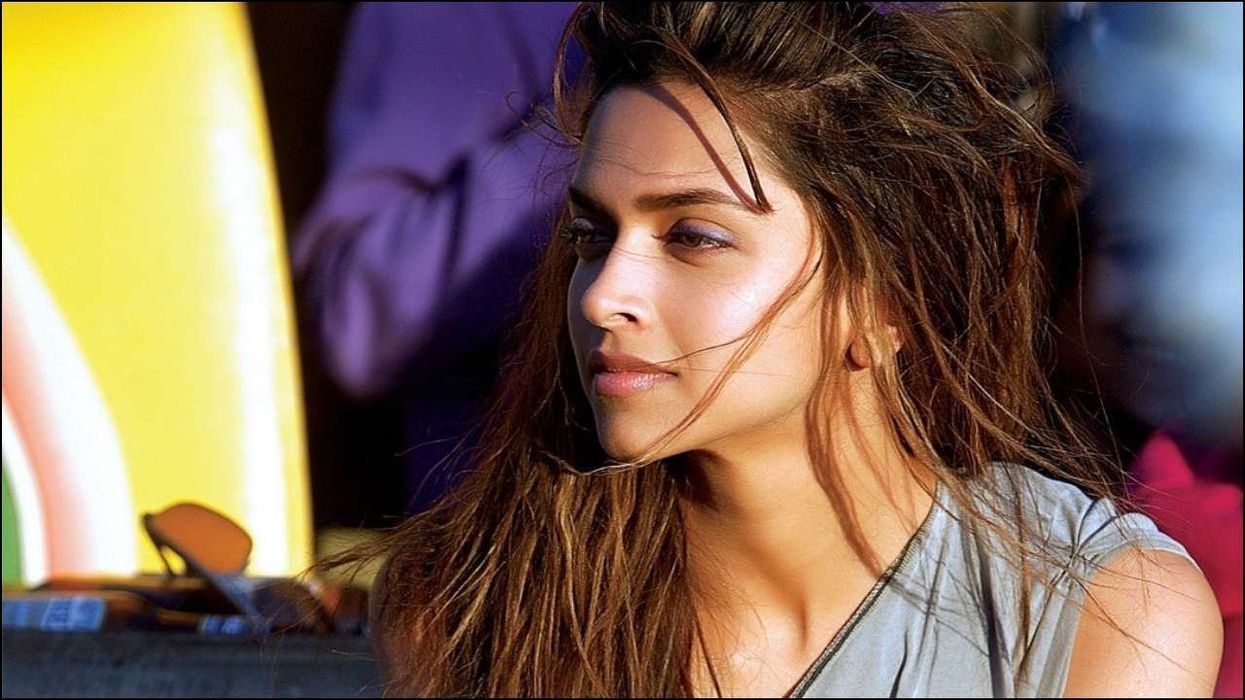
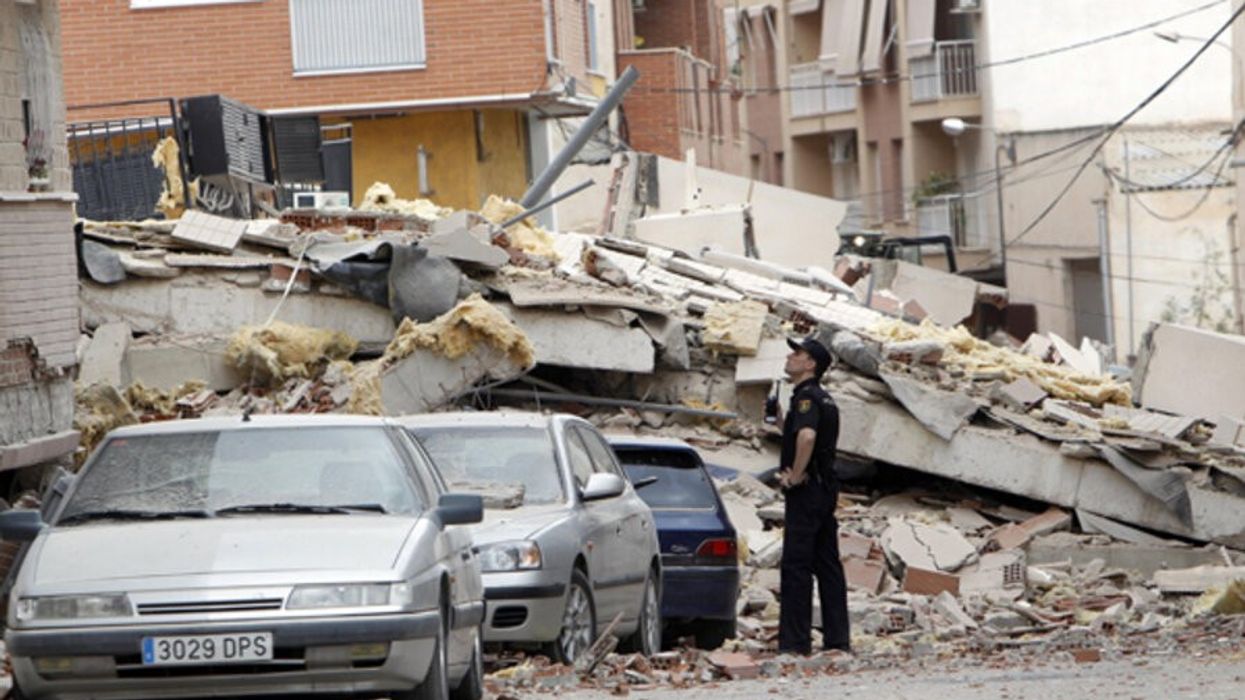






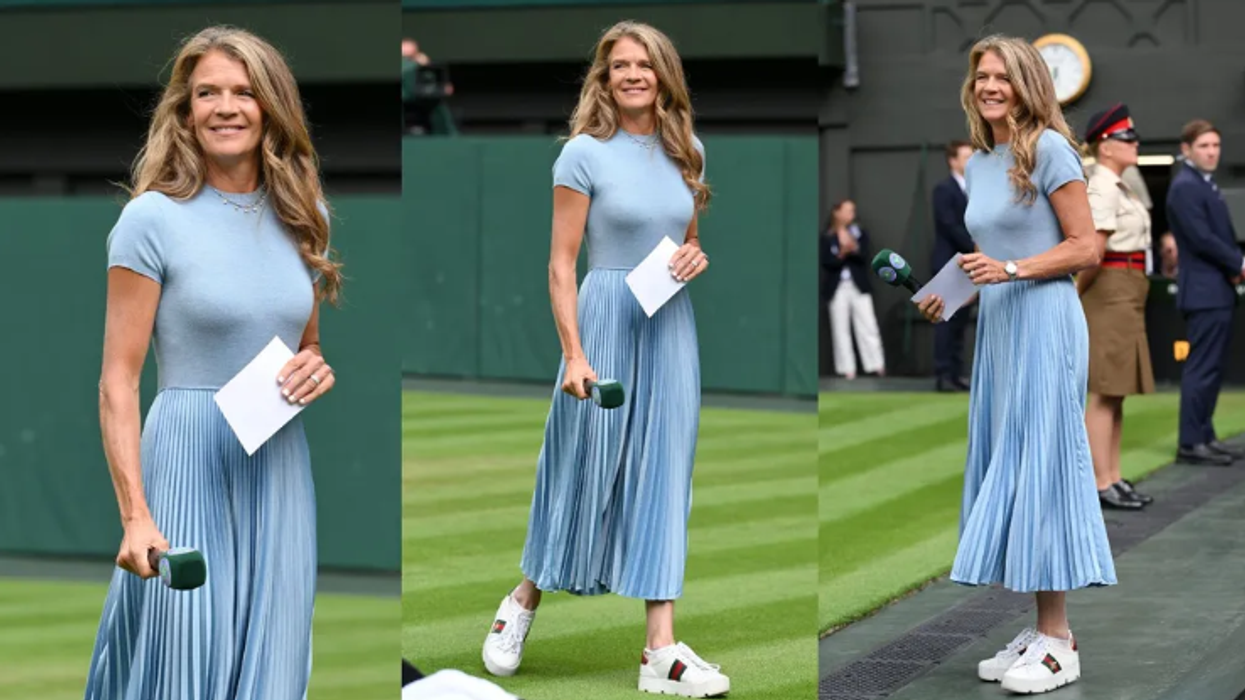




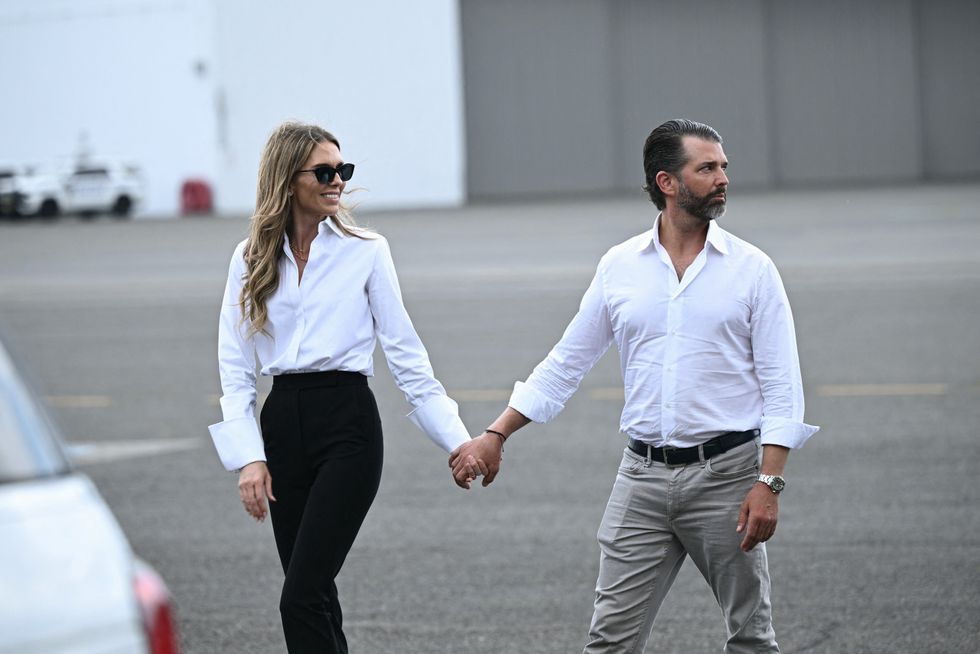 All eyes on Donald Trump Jr and Bettina Anderson as their PDA grabs attention before Trump’s arrivalGetty Images
All eyes on Donald Trump Jr and Bettina Anderson as their PDA grabs attention before Trump’s arrivalGetty Images  Donald Trump Jr and girlfriend Bettina Anderson steal the spotlight with PDA at New Jersey airportGetty Images
Donald Trump Jr and girlfriend Bettina Anderson steal the spotlight with PDA at New Jersey airportGetty Images  Donald Trump Jr. and Bettina Anderson depart the White House to attend the Military ParadeGetty Images
Donald Trump Jr. and Bettina Anderson depart the White House to attend the Military ParadeGetty Images  Bettina Anderson and Donald Trump Jr spotted in a candid moment Getty Images
Bettina Anderson and Donald Trump Jr spotted in a candid moment Getty Images  Donald Trump Jr. with Bettina Anderson ahead of US President Donald Trump's addressGetty Images
Donald Trump Jr. with Bettina Anderson ahead of US President Donald Trump's addressGetty Images 
